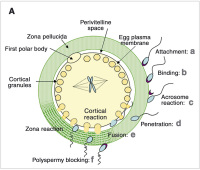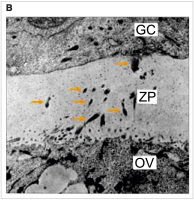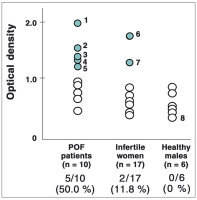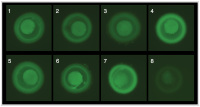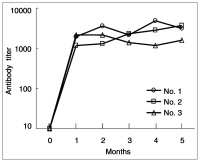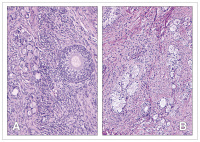| Koyama K, Hasegawa A | ||||||||||||||||||||||||||||||||||||||||
|---|---|---|---|---|---|---|---|---|---|---|---|---|---|---|---|---|---|---|---|---|---|---|---|---|---|---|---|---|---|---|---|---|---|---|---|---|---|---|---|---|
|
Premature Ovarian Failure Syndrome May Be Induced by Autoimmune Reactions to Zona Pellucida Proteins
Journal für Reproduktionsmedizin und Endokrinologie - Journal of Reproductive Medicine and Endocrinology 2006; 3 (2): 94-97 Volltext (PDF) Summary Abbildungen
|
||||||||||||||||||||||||||||||||||||||||

Verlag für Medizin und Wirtschaft |
|
||||||||
|
Abbildungen und Graphiken
|
|||||||||
| copyright © 2000–2025 Krause & Pachernegg GmbH | Sitemap | Datenschutz | Impressum | |||||||||
|
|||||||||
